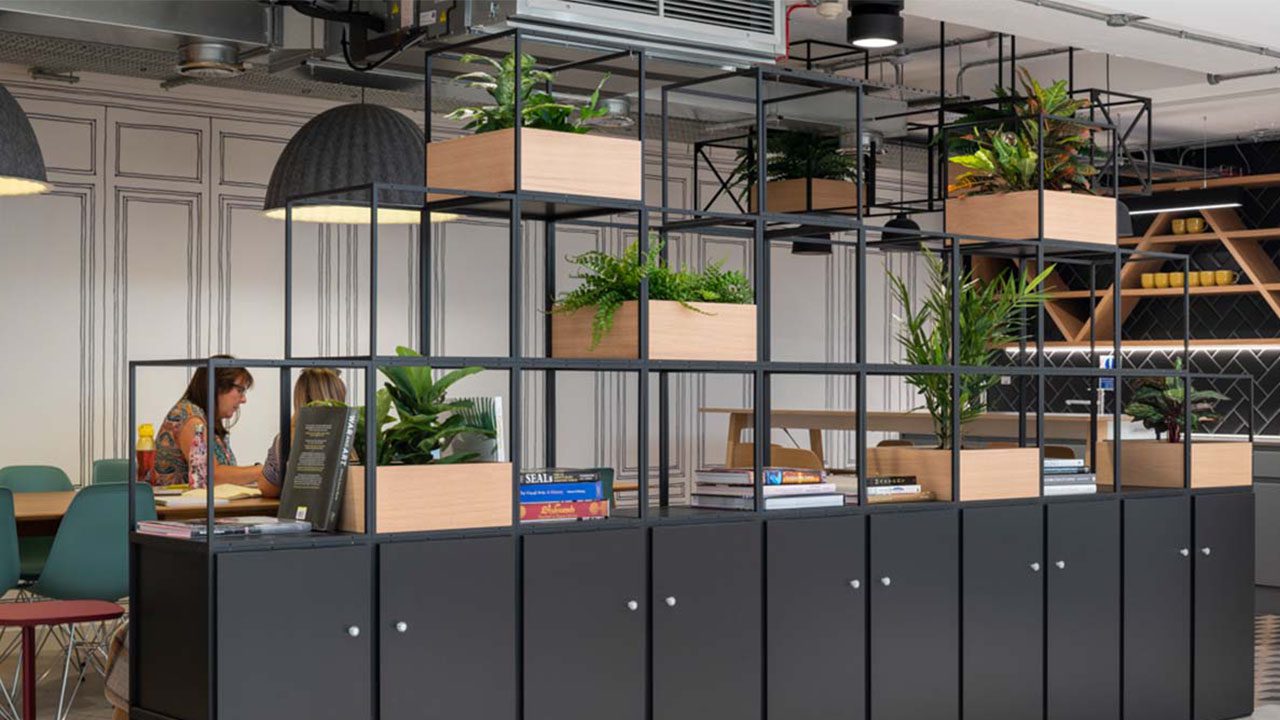
Transforming your office into an eco-friendly environment goes well beyond replacing a few lightbulbs—it’s about weaving sustainability into every decision, from the building’s orientation to the office furniture you choose. A thoughtfully designed green workspace not only shrinks your carbon footprint but also fosters healthier, happier employees and strengthens your brand’s reputation. In the sections that follow, we’ll explore the key considerations—and practical steps—you need to take to build a workplace that supports both people and planet. Learn more about our office design expertise.
Why Go Green?
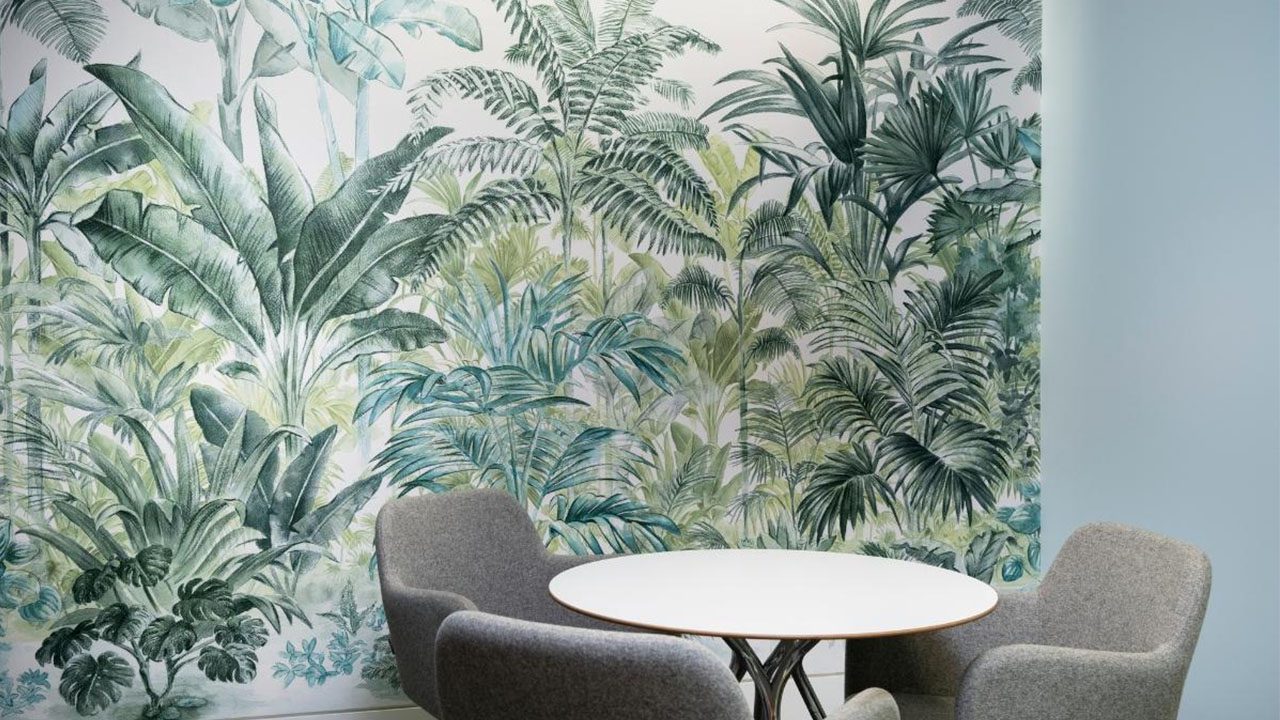
Investing in sustainability pays dividends on multiple fronts. First, energy-efficient lighting, heating and cooling systems can cut your utility bills by 20–30%, improving your bottom line in just a few years. At the same time, maximising natural daylight and improving ventilation leads to better air quality, which studies show can reduce sick days by up to 10% and boost overall mood and concentration. Externally, clients, partners and prospective recruits increasingly look for businesses with strong environmental credentials—demonstrating a tangible commitment to green practices can therefore be a powerful differentiator. Finally, planning with future regulations in mind (such as the UK’s evolving EPC requirements and BREEAM targets) keeps you ahead of compliance curves and mitigates the risk of costly retrofits down the road.
Embed Sustainability in Your Design

True eco-friendly design begins at the earliest concept phase. By adopting passive design strategies—orienting your floorplan to capture maximum daylight, using thermal mass to stabilise indoor temperatures, and harnessing natural ventilation—you can drastically reduce energy demands for heating, cooling and lighting. Whenever possible, look to adapt and reuse existing structures and furnishings rather than building or buying new: repurposing floors, walls and desks not only conserves raw materials but also capitalises on the embodied energy already invested in those elements.
Flexibility is equally important. Modular partitions and plug-and-play furniture allow your space to evolve with business needs, extending the lifecycle of your office fit-out and avoiding wasteful demolitions or one-off builds. And don’t overlook the power of biophilia: integrating greenery—whether through potted plants, living walls or mezzanine gardens—filters indoor air, buffers ambient noise and creates environments where people naturally feel more at ease and more productive.
Choosing Low-Impact Materials
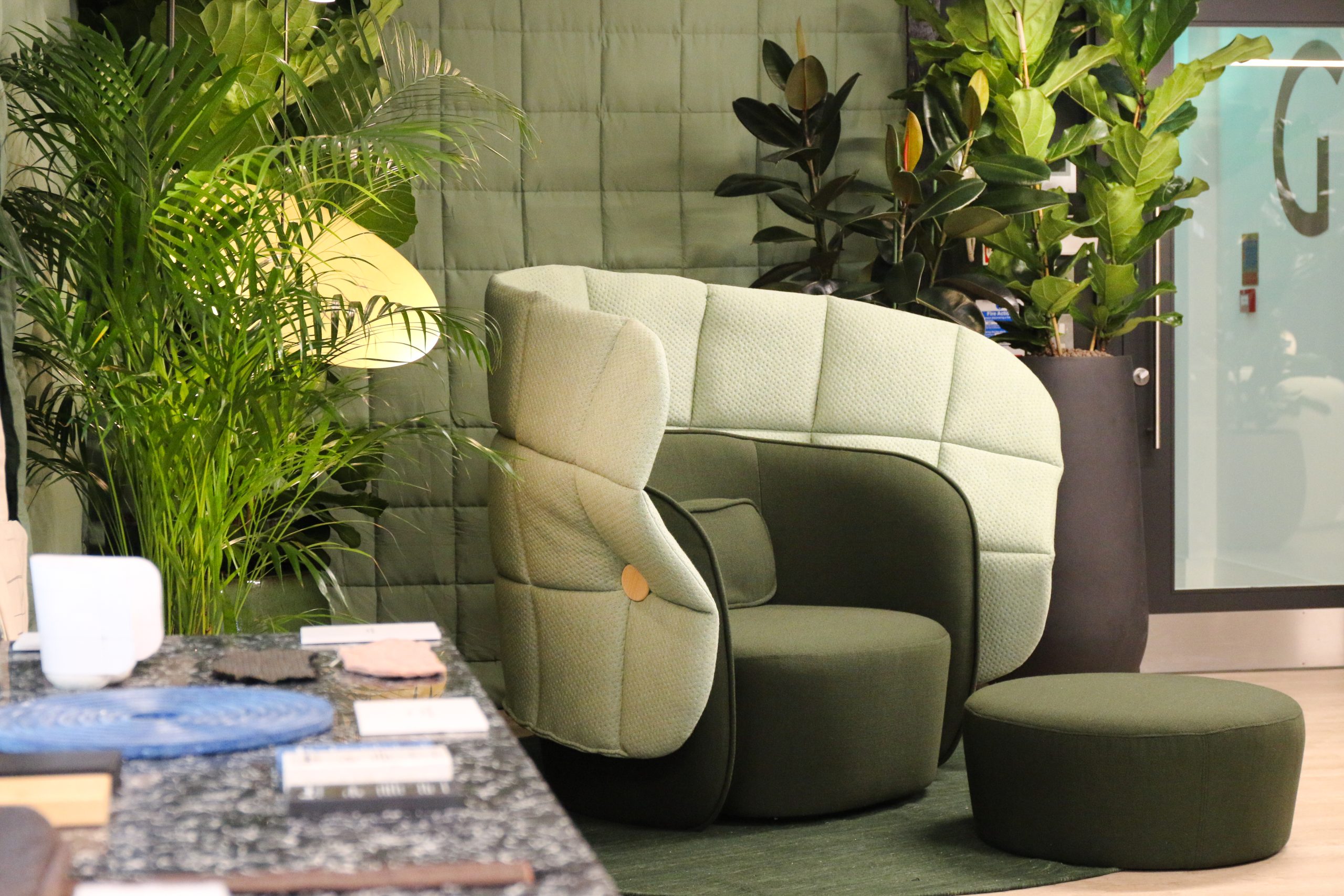
When it comes to finishes and furnishings, low-impact materials should be your priority. Reclaimed timber, for instance, imbues your workspace with character while helping to preserve existing forests. Paints and adhesives certified as low-VOC ensure that your newly built or renovated spaces don’t expose employees to harmful chemical off-gassing. Opt for carpets, acoustic panels and upholstery woven from recycled textiles—these post-consumer fabrics divert waste from landfills and close the loop on your office’s resource flows. To verify that your selections meet rigorous environmental standards, look for third-party certifications such as Cradle to Cradle and Environmental Product Declarations (EPDs) for transparent life-cycle assessments.
Maximising Energy Efficiency
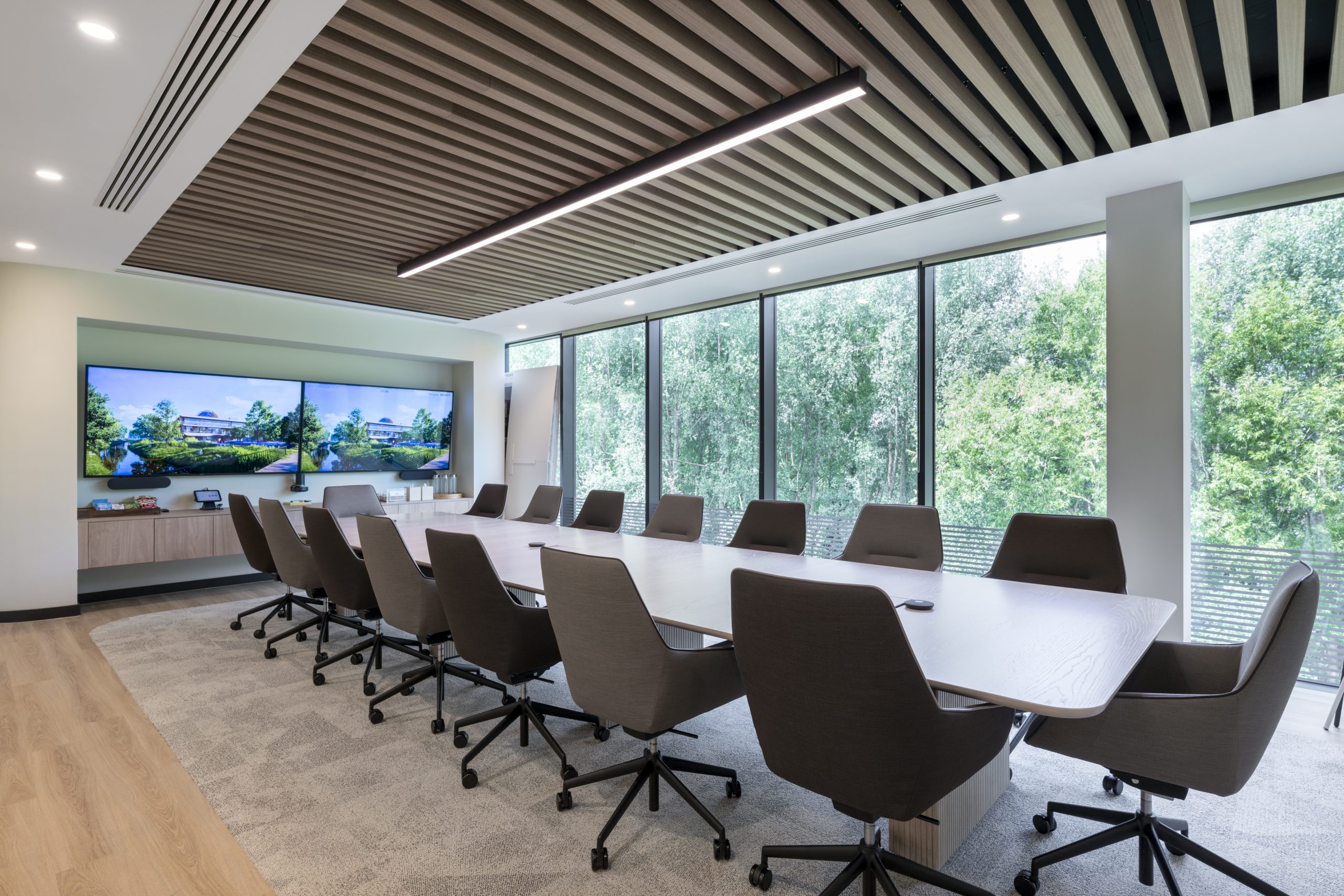
Upgrading to LED fixtures is the first step—LEDs use up to 75% less energy than traditional bulbs and can last ten times longer. Pair those with daylight sensors and occupancy detectors so that lights dim or switch off automatically when spaces are vacant. On the HVAC side, zoning your heating and cooling allows different areas of your office to maintain bespoke temperature set-points without over conditioning unused meeting rooms or storage areas. Integrating a Building Management System (BMS) or smart thermostat gives you real-time visibility into consumption patterns, helping you to fine-tune settings and spot inefficiencies before they balloon into wasteful costs.
If you’re ready to go one step further, explore renewable energy options: rooftop solar photovoltaic panels can generate a significant share of your electricity needs, while green tariff agreements via our sustainability services enable you to procure wind or solar power from off-site installations. Both approaches demonstrate a clear commitment to carbon reduction and can potentially earn you favorable tax incentives or grants.
Water Conservation Strategies

Water is often an overlooked resource in commercial offices, yet simple interventions can slash consumption by up to half. Low-flow taps, dual-flush toilets and water-efficient urinals maintain user experience while dramatically reducing per-occupant usage. Capturing greywater—such as condensate from air-conditioning units or hand-wash basins—and redirecting it for toilet flushing or landscape irrigation further shrinks your demand on mains supplies. To guard against unnoticed leaks, install sensor-based monitors at key junctions and schedule routine inspections; catching drips early not only conserves water but also prevents damage to ceilings, floors and equipment.
Reducing Waste & Encouraging Recycling
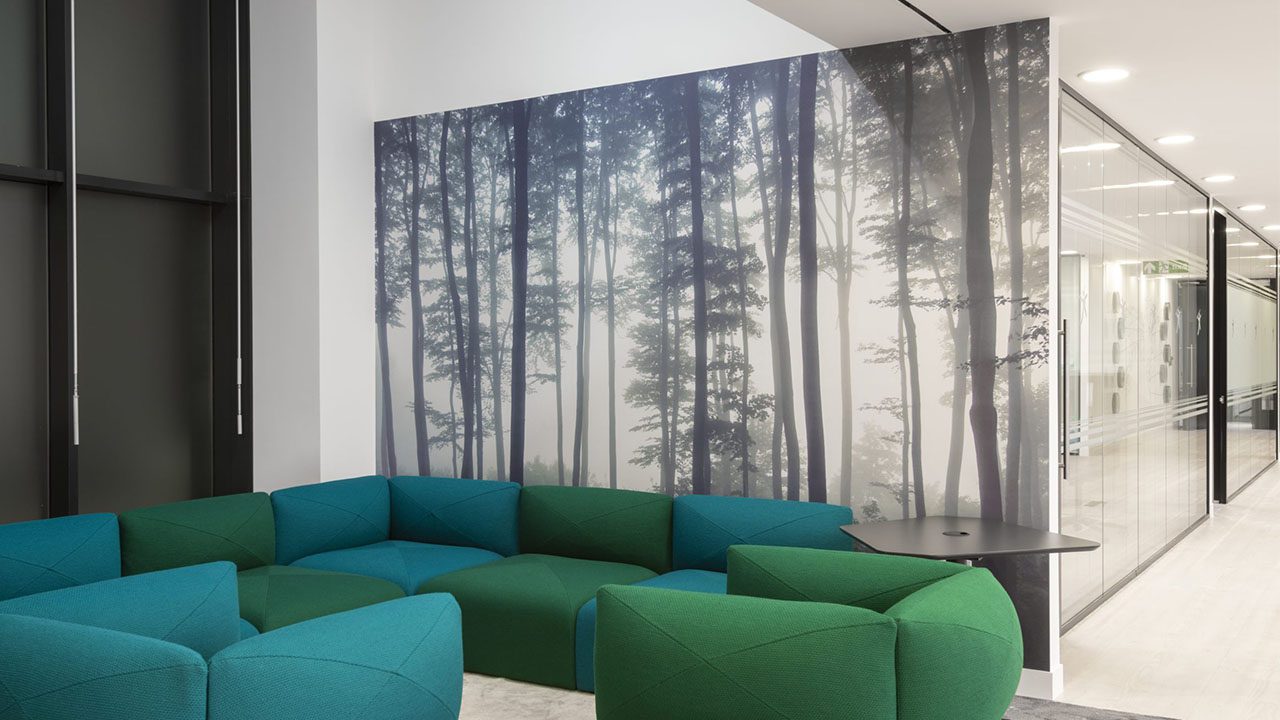
Cultivating a circular-economy mindset in the office means making it easy for everyone to participate. Centralised recycling stations—clearly labeled for paper, plastics, metals and glass—ensure you capture as much material as possible. For organic waste, kitchenettes equipped with dedicated compost bins can connect to on-site composting systems or municipal green-waste programs, turning food scraps into valuable soil amendment. When your furniture or fixtures reach the end of their useful life, partner with suppliers who offer take-back or refurbishment schemes; this keeps items in circulation longer and avoids sending bulky goods to landfill.
Building a Culture of Sustainability
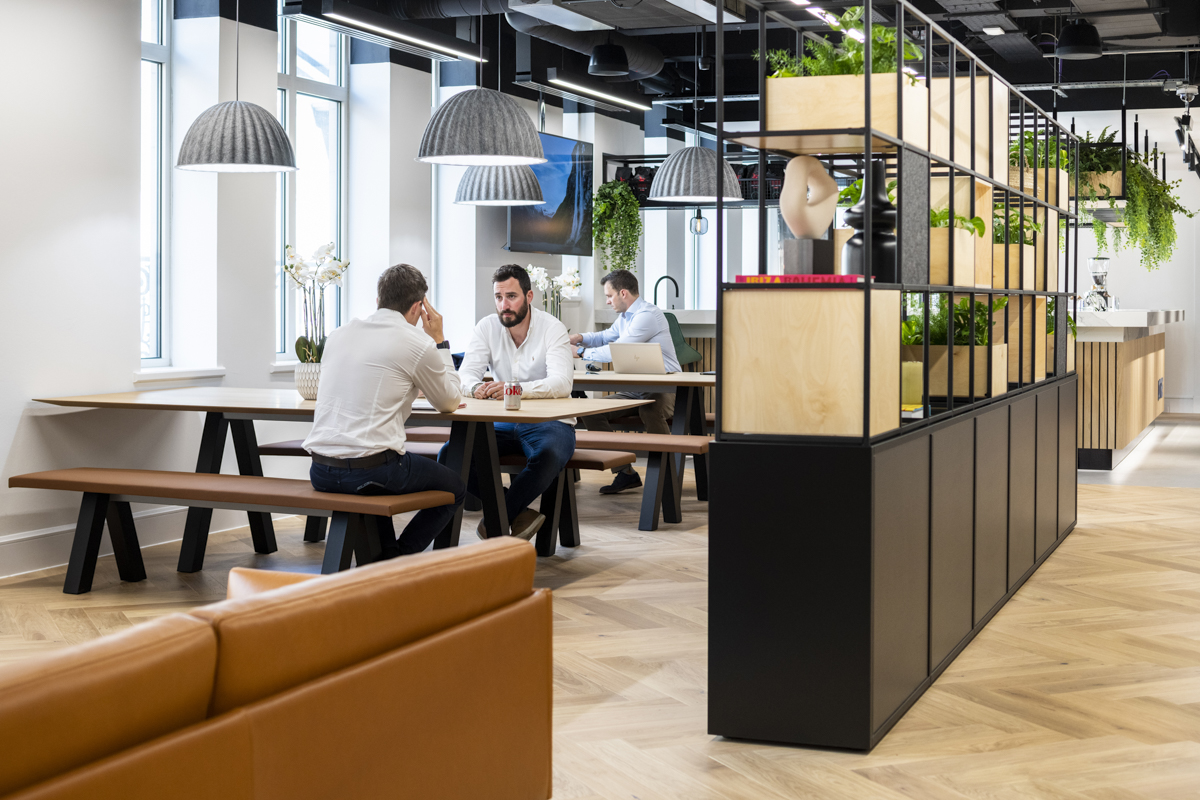
Even the most advanced technical solutions will fall short unless your team is genuinely invested in the mission. Appoint “green champions” within each department to spearhead initiatives, share best practices and act as liaisons with management. Display interactive dashboards in communal areas—highlighting weekly energy savings, water-use reductions and recycling rates—to keep goals top of mind and celebrate collective achievements. Consider running internal sustainability challenges, rewarding teams or individuals who bike to work, reduce paper use or win our Sustainable Design Awards. Finally, solicit feedback regularly through quick surveys or suggestion boxes; staff insights on space usage and comfort can reveal unexpected opportunities for further improvements.
Where to Go Next
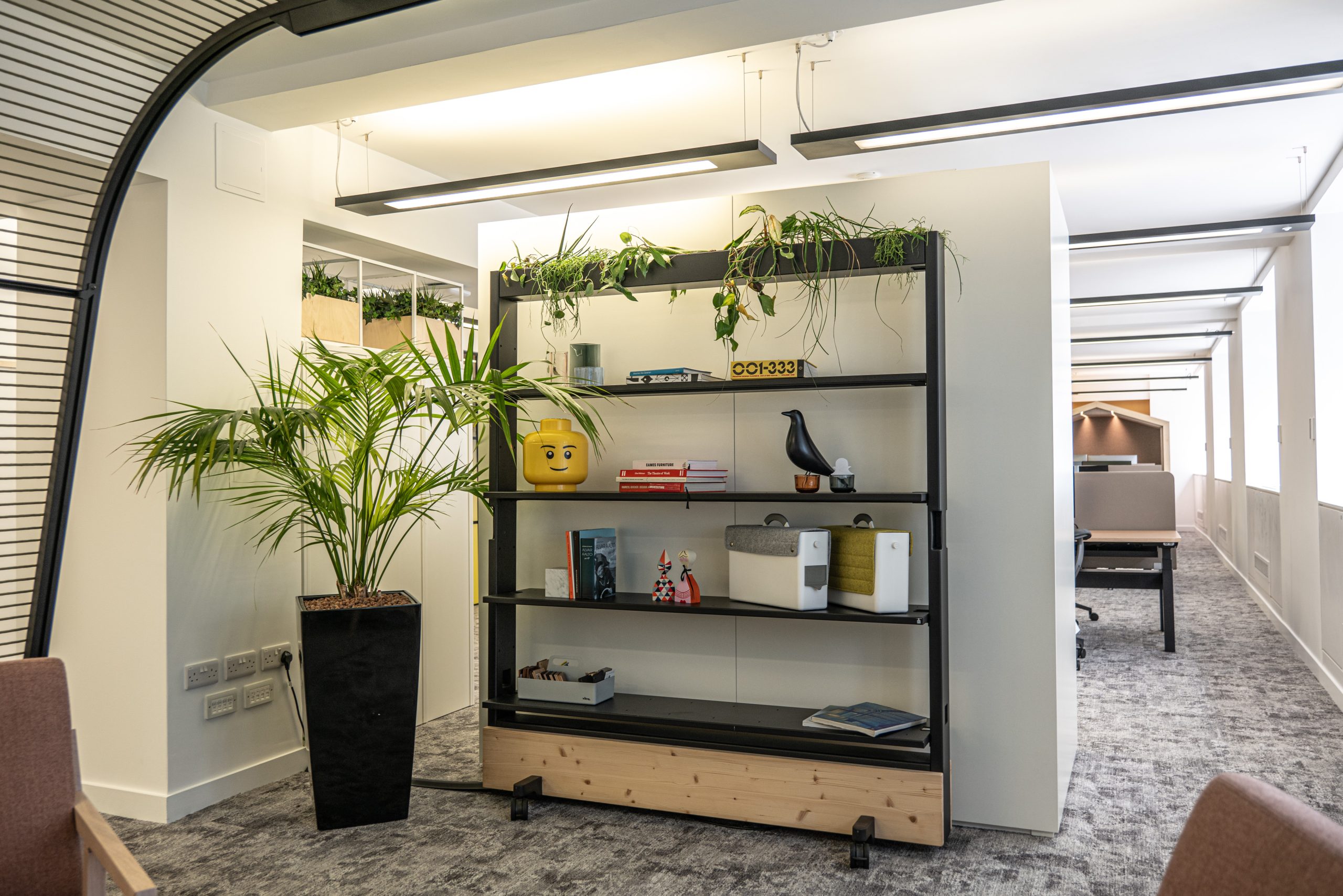
For a deep dive into sustainable workplace design, download our Office Design Ideas Guide or reach out to our specialist team. We’ll help you assess your current space, set measurable ESG targets and implement a comprehensive eco-fit-out plan tailored to your budget and timeline. Ready to take the next step? Get in touch and let’s build a workspace that’s as good for the planet as it is for your people.
